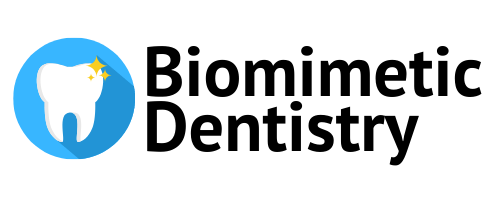Gorseta K, Glavina D, Skrinjaric I.
Department of Paediatric and Preventive Dentistry, School of Dental Medicine, The University of Zagreb, Zagreb, Croatia.
Abstract
Background:
The aim of this study was to assess the influence of externally applied ‘command set’ methods on the microleakage of several glass ionomer cements (GICs).
Methods:
Four different restorative GICs were cured using three different methods: standard curing (SC), ultrasonic excitation (UC) and by an external heat source (HC). Different conditioning agents (10% polyacrylic and 10% citric acid) were used. The sample comprised 180 teeth with 360 Class V restorations placed on the lingual and vestibular tooth surface. After thermocycling, the teeth were immersed in a dye solution for 24 hours, embedded in acrylic resin, sectioned and evaluated. Oberholtzer criteria were used for margin evaluation. Data were analysed using three-way ANOVA.
Results:
The heat cured GIC showed statistically significant better marginal adaptation compared to the other tested groups (SC, UC) (p<0.001). GICs in groups with HC and conditioned cavities had lower microleakage scores. The highly viscous material Fuji IX GP Fast in the HC and conditioned cavities group demonstrated the best marginal adaptation. The other three products reacted similarly to heating treatment. Leakage at the enamel margins was significantly lower than the cementum/dentine margins (p<0.001).
Conclusions:
Heating the GIC during setting decreased microleakage, improved marginal adaptation of the GIC restoration and is suitable for clinical practice.
© 2012 Australian Dental Association.
PMID: 23186570 [PubMed – in process
